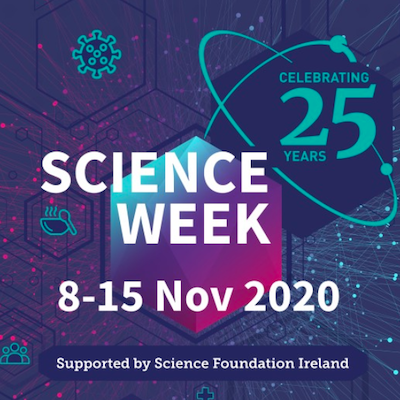At this community-focused multi-lingual event, members of each community group met scientists working at the cutting-edge of cancer research in Ireland. Participants discovered how doctors decide what treatments to give to cancer patients, and how cancer research helps them to decide. Participants also learned about cancer screening and how to be aware of cancer symptoms, with a translator and an Irish Cancer Society nurse on hand to respond to any queries or concerns.
Children’s Art Competition: When Science and Art collide!
In conjunction with the online workshops, POI organised a Children’s Art competition to get the whole family involved.
Science means being curious about the world around us. We asked community members to use their creativity and create a piece of art inspired by science. They could take inspiration from the themes, images and videos we provided, or think outside the box and let their imagination run wild!
You can see some of the winning entries below.
শিশুদের চিত্রাঙ্কন প্রতিযোগিতা: যখন বিজ্ঞান এবং শিল্পকলা একবিন্দুতে মিলিত হয়
বিজ্ঞান মানে হোল আমাদের চারদিকের সবকিছু নিয়ে কৌতূহলী হওয়া।
আমরা চাই ছোট্টমণিরা তোমরা তোমাদের সৃজনশীলতা দিয়ে বিজ্ঞান দ্বারা অনুপ্রাণিত হয়ে একটি ছবি আঁকবে।
এই অনুপ্রাণের জন্যে নিচের বিষয়বস্তু, ছবি এবং ভিডিও গুলি দেখতে পার. অথবা নিজের মনের মাধুরী মিশিয়ে একটি ছবিও আঁকতে পার.
!مسابقة فنون الأطفال: عندما يصطدم العلم بالفن
العلم يعني أن تكون مهتمًا بالعالم من حولنا. نريدك أن تستخدم إبداعك وتصنع قطعة فنية مستوحاة من العلم. احصل على بعض
!الإلهام من السمات والصور ومقاطع الفيديو أدناه ، أو فكر خارج النطاق ودع خيالك ينطلق
Bangladeshi Community Group - Winners of Under 6 category.
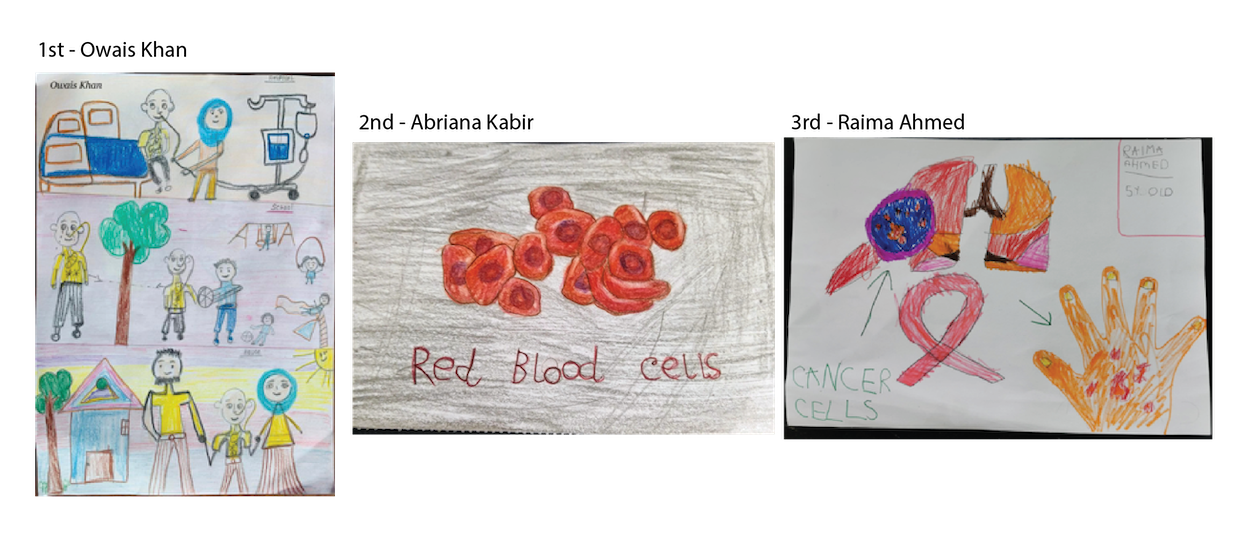
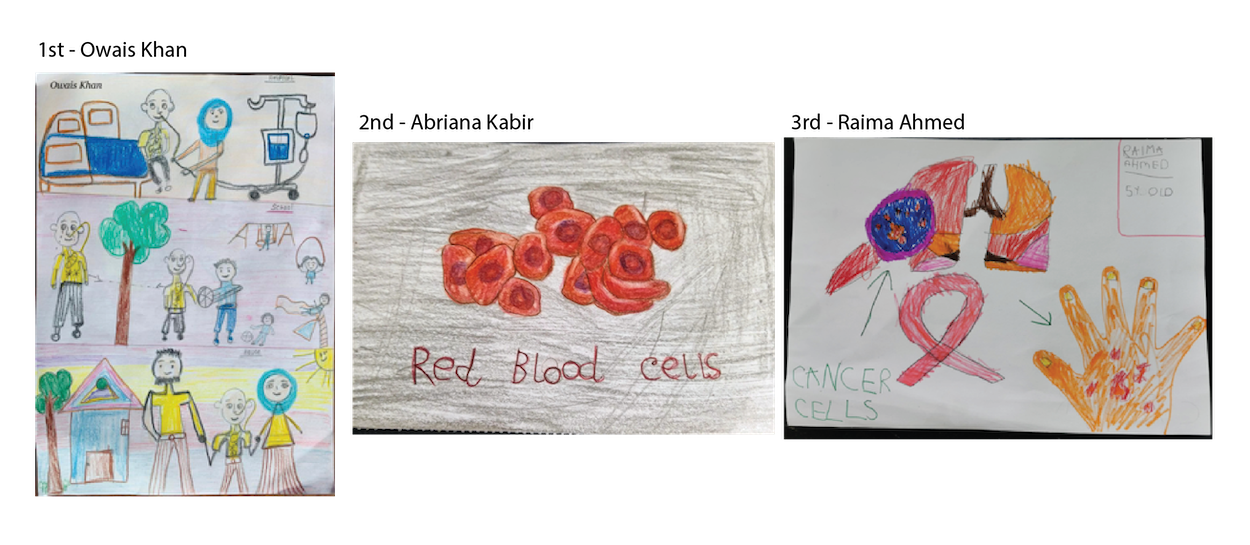
Bangladeshi Community Group - Winners of 6-11 years category
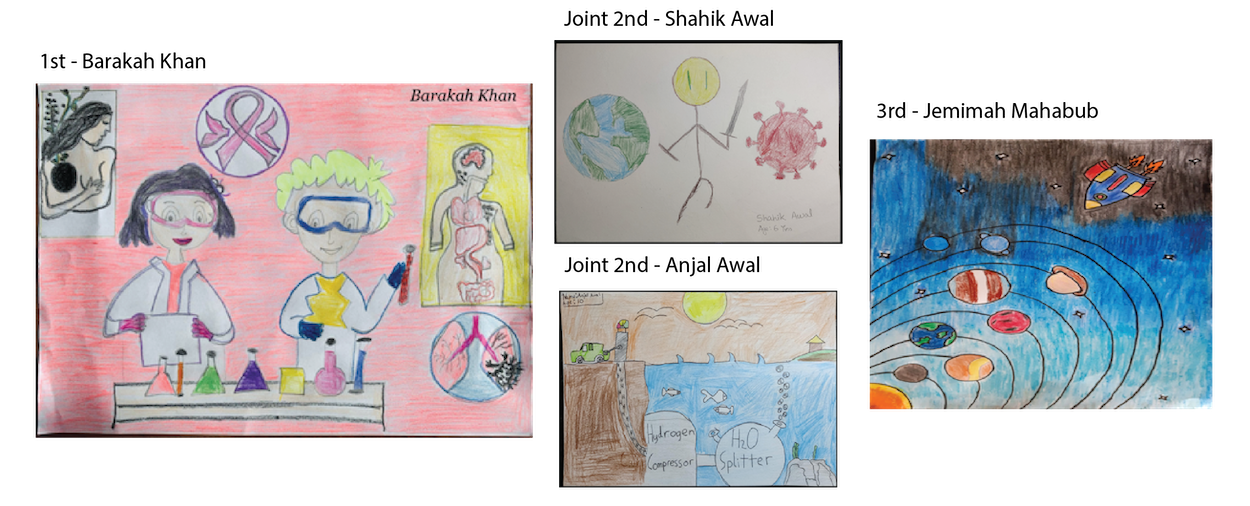
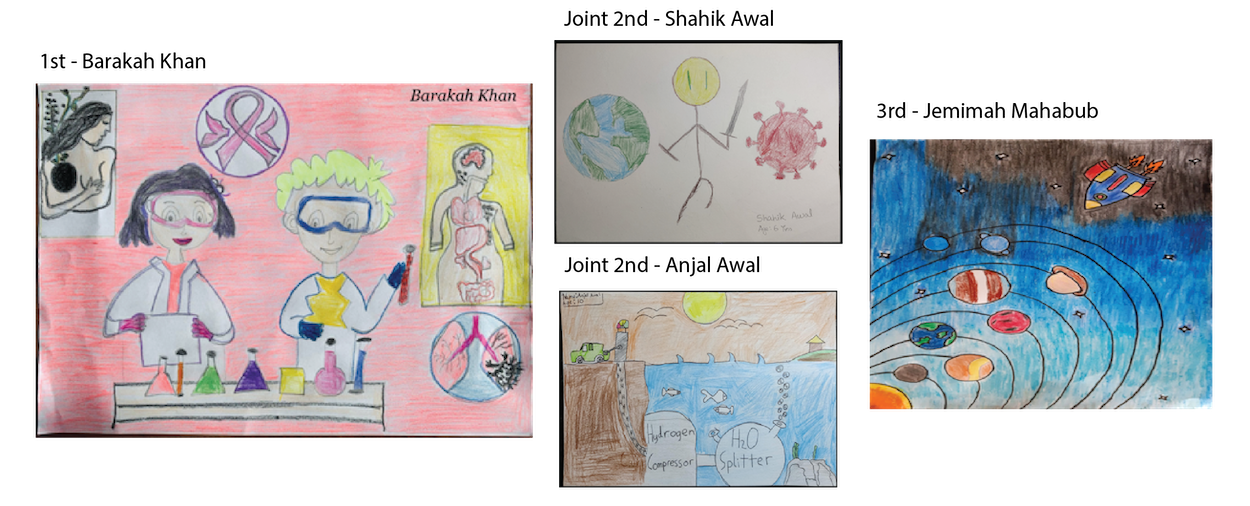
Bangladeshi Community Group - Winners of 12-18 years category


Arabic Muslim Community Group - Winners of All Age categories
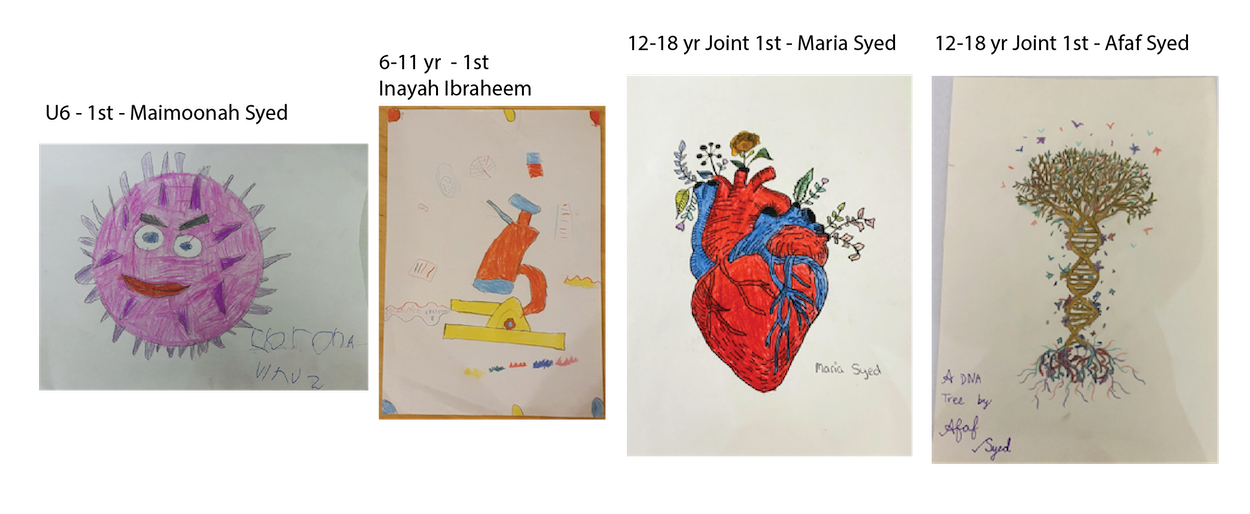
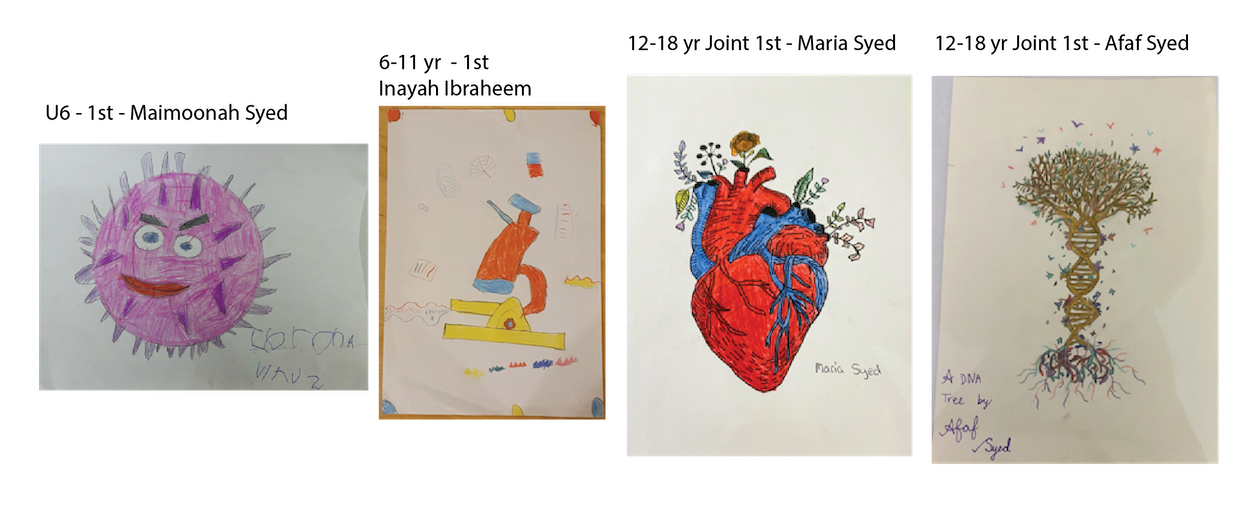
Below are some of the themes, images and videos that we provided for inspiration
What does a cancer cell look like?
একটি ক্যান্সার সেল দেখতে কেমন হতে পারে?
كيف تبدو الخلية السرطانية؟
Cancer cells can look very different, depending on what type of cancer they come from and what kind of method scientists use to see them – like all of our cells, they are very small so can’t be seen without equipment such as a microscope. Cancer cells are different to normal cells because they grow very fast. All cancer cells have a nucleus (the round part in the middle) surrounded by the cytoplasm. Scientists can grow these cells in the lab, and even see them move while they grow!

My body is amazing!
কি আশ্চর্যজনক আমাদের শরীর ?
!جسدي مذهل
From your head to your toes and everything in between, your body is an amazing feat of science! It is also uniquely yours! Did you know that no-one else in the world has the same fingerprints as you? You also have a fingerprint inside your body, that only scientists can see – this is called DNA, and it makes you who you are. DNA holds the instructions for every part of your body, telling it to grow straight or curly hair, or to give you green or brown eyes.

What does a scientist look like?
একজন বিজ্ঞানী কেমন দেখতে হতে পারে?
كيف يبدو العالم؟
Who do you see when you think about a scientist? A man with white frizzy hair and glasses? Scientists are all around you, and you could be one too! Scientists explore the world around them, observe and wonder about things, and conduct experiments to test their ideas. A scientist is someone curious about the world – someone like you!
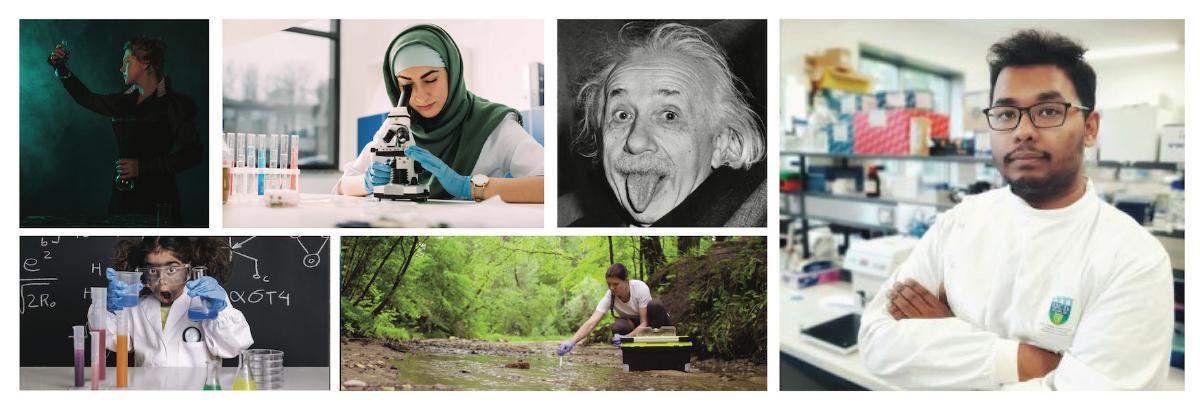
For some inspiration follow these links to videos that contain information on the themes:
What does a cancer cell look like? (opens in a new window)https://www.youtube.com/watch?v=8uWWpdyf6_c
My body is amazing! (opens in a new window)https://www.youtube.com/watch?v=i5aXwiC3wWc
What does a Scientist look like? (opens in a new window)https://www.youtube.com/watch?v=AUs6af5Iu8g
